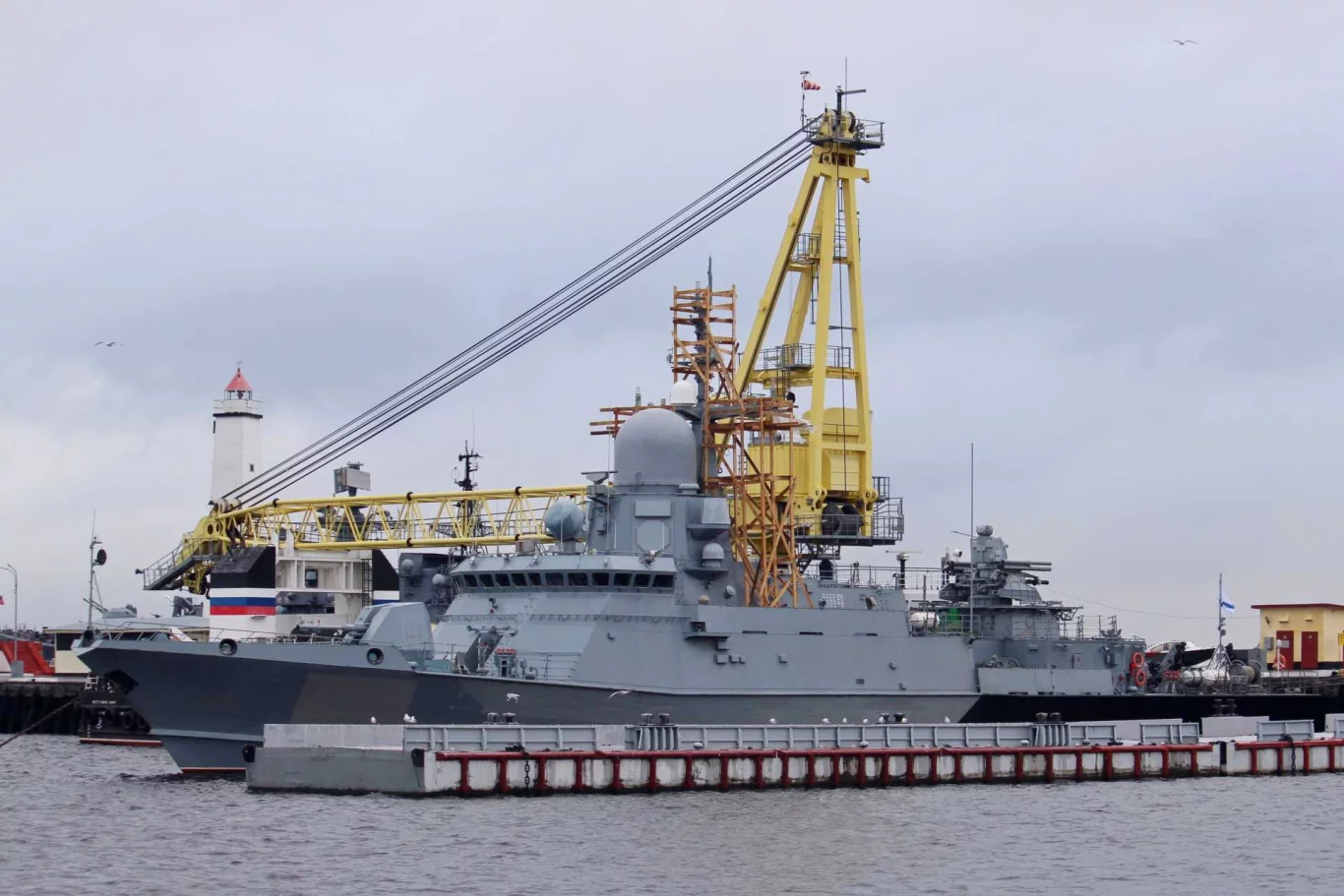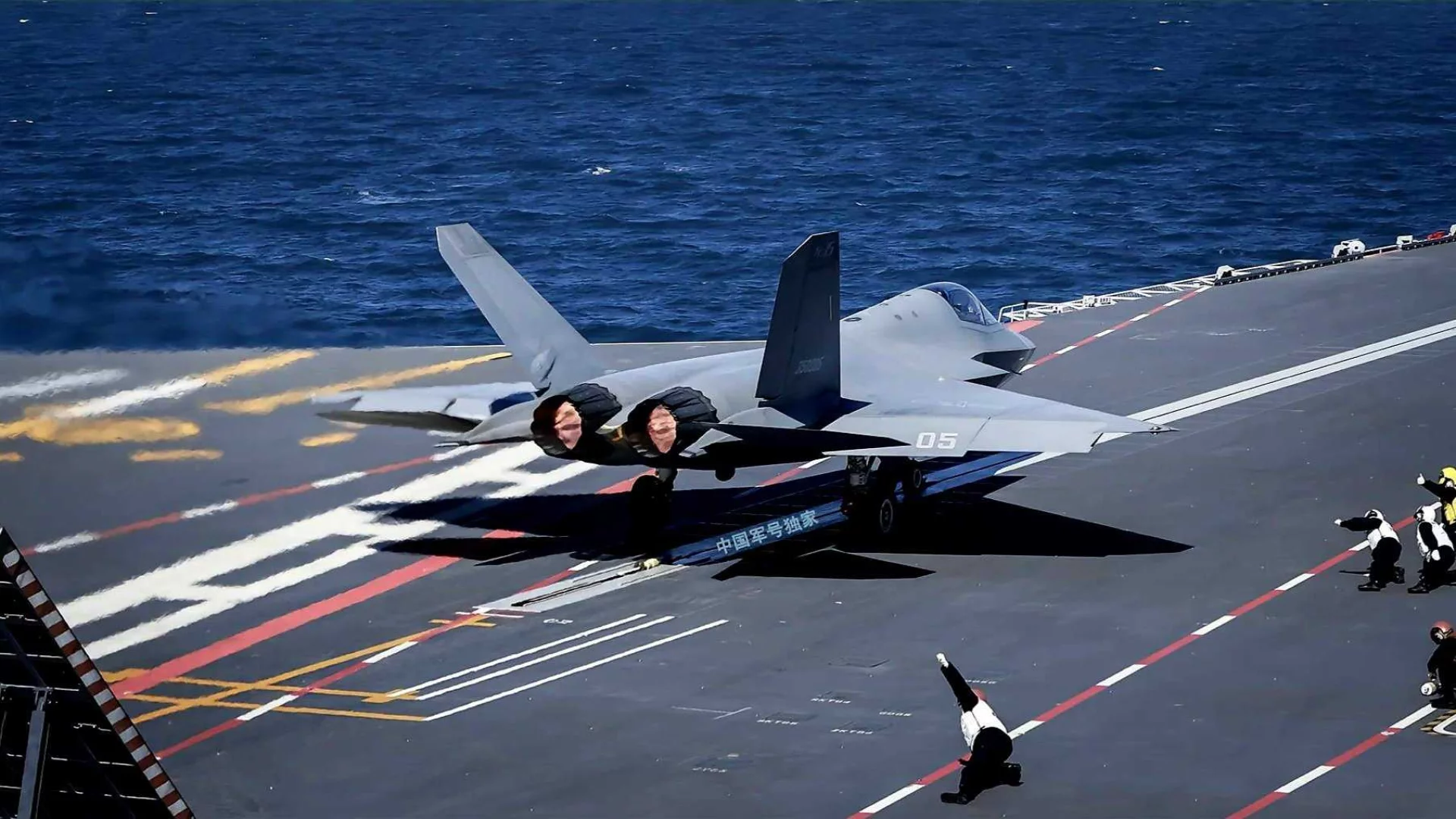Under the Veil of Secrecy: A Significant Naval Redeployment
In the intricate chess game of global naval strategy, every move carries weight and sends a ripple across geopolitical waters. A recent development reported by Army Recognition reveals a notable shift in Russia’s naval posture: the Karakurt-class (Project 22800) missile corvette Amur has been transferred from the Black Sea Fleet to the Baltic Fleet. This seemingly straightforward redeployment is far more than a logistical exercise; it’s a strategic maneuver that speaks volumes about Russia’s evolving defense priorities, its adaptation to current geopolitical realities, and the versatile nature of its modern naval assets.
For years, the Black Sea has been a focal point of intense naval activity and strategic competition. The deployment of advanced vessels like the Karakurt-class corvettes there reinforced Russia’s presence in a region deemed critical to its security interests. However, the decision to move a capable warship like the Amur to the Baltic Sea suggests a recalibration of forces, potentially to bolster defenses or project power in a different, equally vital theater. This move underscores the dynamic nature of naval deployments and the continuous assessment of where naval assets can best serve national objectives.
The Karakurt Class: Small but Mighty
To understand the impact of the Amur‘s transfer, one must first appreciate the capabilities of the Karakurt-class missile corvettes. Designated as Project 22800, these vessels are a marvel of modern naval engineering, packing a formidable punch into a relatively compact hull. Unlike larger frigates or destroyers, corvettes are designed for coastal defense, littoral operations, and rapid response, making them ideal for enclosed seas like the Black Sea and the Baltic.
Despite their size, Karakurt-class corvettes are far from lightly armed. Their most significant asset is their vertical launch system (VLS), capable of firing Kalibr-NK cruise missiles. These missiles are renowned for their accuracy, long range, and ability to strike both land and sea targets, making the Amur a potent offensive platform. In addition, these corvettes are equipped with modern artillery systems, advanced air defense capabilities, and sophisticated electronic warfare suites, ensuring they can defend themselves while delivering decisive strikes. Their high speed and maneuverability further enhance their operational effectiveness, allowing them to rapidly reposition and respond to threats.
Why the Baltic? A Shift in Strategic Focus
The transfer of the Amur to the Baltic Fleet invites speculation about Russia’s immediate and long-term strategic objectives in the region. The Baltic Sea is a strategically critical waterway, bordered by several NATO members and playing a vital role in European trade and security. The addition of a Kalibr-capable vessel like the Amur significantly enhances the Baltic Fleet’s firepower and deterrence capabilities.
Several factors could be at play:
- Reinforcing Baltic Defenses: With increased NATO activity and exercises in the Baltic Sea, Russia might be strengthening its naval presence to counter perceived threats and ensure its ability to defend its coastal interests and access routes.
- Power Projection: The Kalibr missile’s range allows the Amur to project power far beyond its immediate operating area, potentially influencing geopolitical dynamics across the region.
- Naval Modernization and Interoperability: The transfer could also be part of a broader effort to standardize and modernize equipment across Russia’s fleets, ensuring that all naval assets are up-to-date and capable of interoperating effectively. It also provides valuable operational experience for the Baltic Fleet crews with this advanced platform.
- Response to Evolving Threats: The nature of naval threats is constantly changing, from conventional surface warfare to sophisticated electronic warfare and drone attacks. The Amur‘s advanced systems allow it to adapt to this diverse threat landscape.
The Implications for Regional Security
The arrival of the Amur in the Baltic Sea will undoubtedly be closely monitored by regional powers and NATO allies. Such a deployment signals Russia’s continued commitment to maintaining a robust naval presence in all its key maritime domains. It highlights the ongoing naval arms race and the strategic importance placed on developing and deploying advanced, versatile warships.
This move further underscores the fluidity of modern naval operations, where vessels can be rapidly re-tasked and redeployed to meet changing strategic requirements. It also serves as a reminder that while attention often focuses on larger capital ships, smaller, highly capable vessels like the Karakurt-class corvettes play an increasingly vital role in maintaining naval balance and projecting influence in contested waters. The Amur‘s new station in the Baltic is a clear indication that Russia is actively adjusting its naval forces to effectively respond to the dynamic geopolitical currents of the 21st century.




